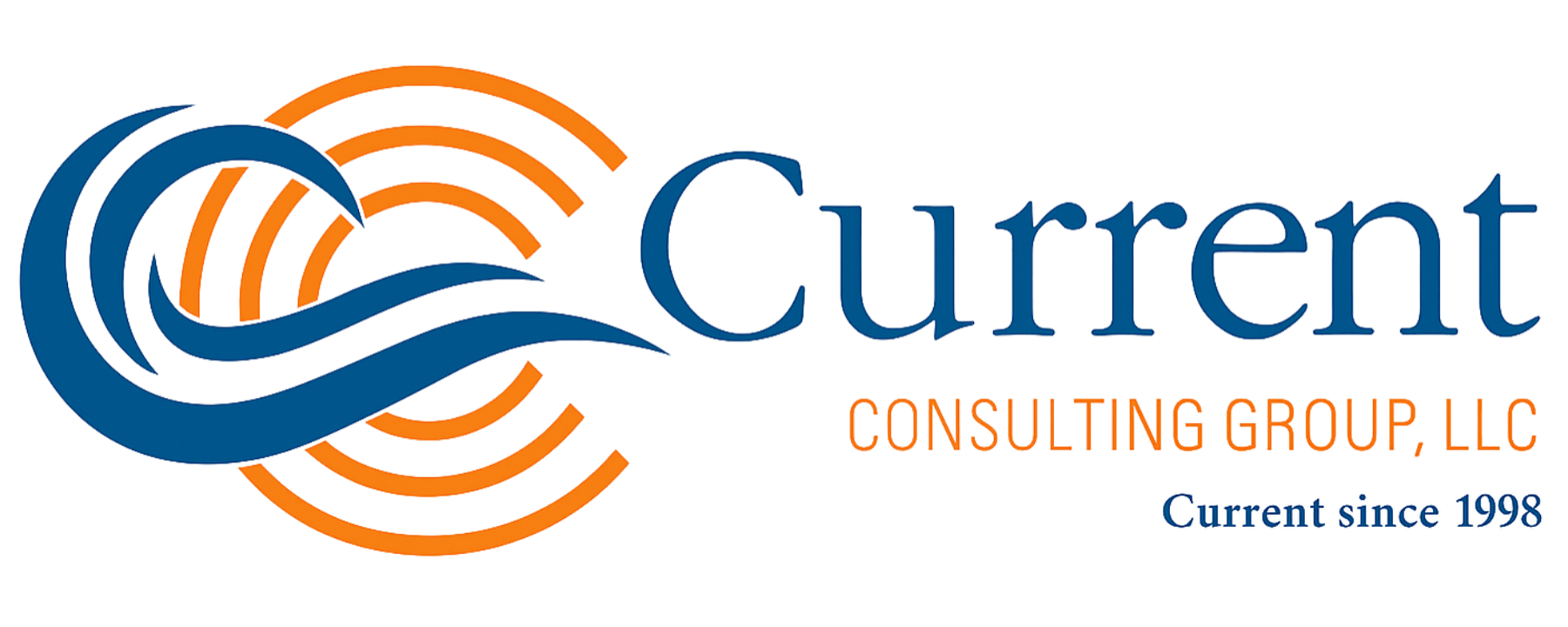Understanding Drug Testing Panels and a Look into the Future with Fentanyl?
The term “panel” refers to a drug or family of drugs included in a drug test. There are several panel options to choose from, primarily including a 5,7, or 10 test panel. Choosing the panel right for your company will require planning and forethought. Prior to determining which drugs to test for, other important program decisions should be evaluated. This article will review important questions to consider when determining your drug test panel, as well as considerations for the future.
How to Determine the Correct Panel?
A few questions to consider when deciding the appropriate panel to include:
- Are you mandated to comply with federal Department of Transportation (DOT) drug testing regulations?
- Are you subject to any applicable laws that stipulate the drugs that are allowed/required to test for as part of your testing program?
- Are you interested in a program that offers a discount on your workers’ compensation premium?
- Is your company in the healthcare industry or another extreme safety sensitive industry that may benefit from a custom panel?
- Does the sample (urine, hair, oral, etc.) limit the drug test panel options?
- Do you prefer laboratory based or instant testing devices?
Each of these factors will determine many program requirements, including which substances should be included in a testing panel. As you identify your company’s drug testing objectives you must determine what your company hopes to achieve by implementing a testing program using these questions as a guide.
Commonly Used Panels
The most common panel for testing for non-DOT purposes mirrors that used by the federal Department of Transportation (DOT) for safety-sensitive positions. This panel is regulated by federal law, and includes the following five drugs:
- Amphetamines;
- Cocaine;
- Marijuana;
- Opioids; and
- Phencyclidine (PCP).
However, as some private employers are not limited in the number of substances they can test for, they may choose to include other drugs that individuals legitimately and/or therapeutically take based on a physician’s prescription. Often the drug panel that an employer chooses to go above and beyond the “DOT” 5-panel generally includes a 7-drug panel or 10-drug panel. The 7-panel usually adds benzodiazepines and barbiturates to the typical DOT 5-panel, and a typical 10-panel further adds methaqualone, methadone, and propoxyphene to the list of drugs to be tested for. These “add on” drugs are highly addictive and have very dangerous side effects. Additionally, certain industries such as healthcare may need to customize the panel to include a more extensive list of drugs based on industry trends.
The Future of Drug Panels
Yet, employers wanting to mirror DOT panels or to keep abreast of the latest drug trends may want to be on guard for potential future changes to the DOT testing panel. In February 2024, the Drug Testing Advisory Board (DTAB) held a meeting to discuss the Department of Health & Human Services (HHS) drug testing panels and discussed the possibilities of adding fentanyl and removing MDMA. The focus on fentanyl is driven by the high number of overdose deaths in the U.S., as well as the fact that fentanyl can be used on its own and not paired with heroin or other substances.
Fentanyl abuse is on the rise and the drug is readily accessible, making it one of the leading synthetic opioids endangering public health. It is estimated that approximately 109,600 drug-overdose-related deaths occurred in a 12-month period ending January 31, 2023, at the rate of 300 deaths per day.[1] Fentanyl is a synthetic opioid that is up to 50 times stronger than heroin and 100 times stronger than morphine. Therefore, it is not surprising, nor without cause, that discussions are taking place regarding potential and perhaps necessary changes to HHS drug testing panels.
Whichever drug panel best suits your needs, it is best practice and, in some situations, a requirement that the panel be outlined in the drug and alcohol testing policy. The purpose of the policy is to not only meet the requirements of applicable laws and regulations, but it also establishes restrictions and requirements on workplace testing and informs employees and applicants of the company stance on illegal and legal substances such as alcohol, legalized marijuana, and prescription drugs. It is imperative that employee understand what drugs are prohibited and what the consequences are for policy violations to ensure that employees abide by the testing policy.
While a non-DOT company has much more freedom to design their drug testing program and panel than a company regulated under the DOT, a policy must be customized and built on the unique organizational requirements and developed to comply with the corresponding federal, state, or local laws. If you are interested in more information on how to create the right type of drug-free workplace program to meet your unique needs, contact The Current Consulting Group. CCG can help you tailor a program and testing panel that will work for your company. Contact us at 954-944-0400 or policy@currentconsultinggroup.com for more information.
This information is provided for educational purposes only. Reader retains full responsibility for the use of the information contained herein.
© 2010-2024 The Current Consulting Group, LLC – No portion of this article may be reproduced, retransmitted, posted on a website, or used in any manner without the written consent of the Current Consulting Group, LLC. When permission is granted to reproduce this article in any way, full attribution to the author and copyright holder is required.
[1] CDC National Center for Health Statistics.



